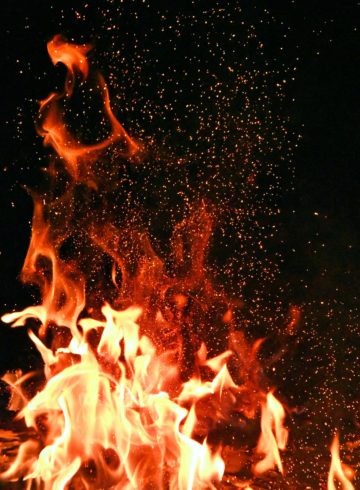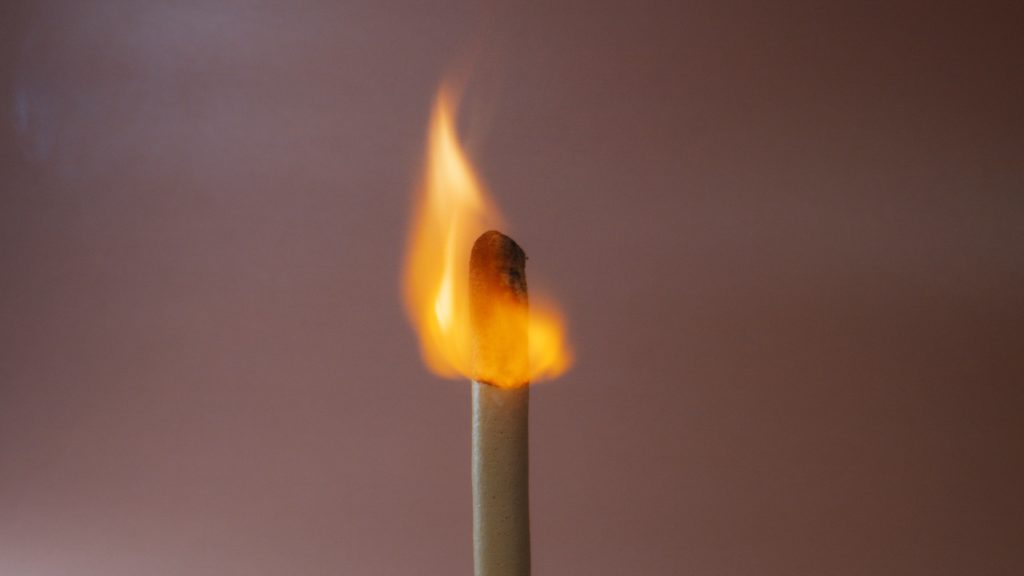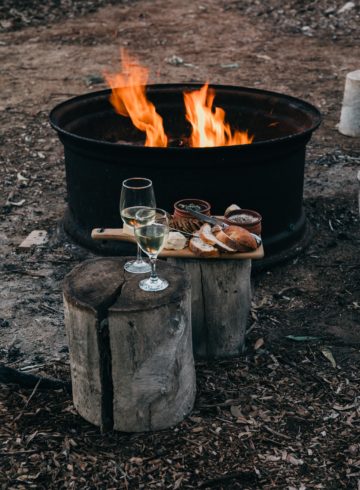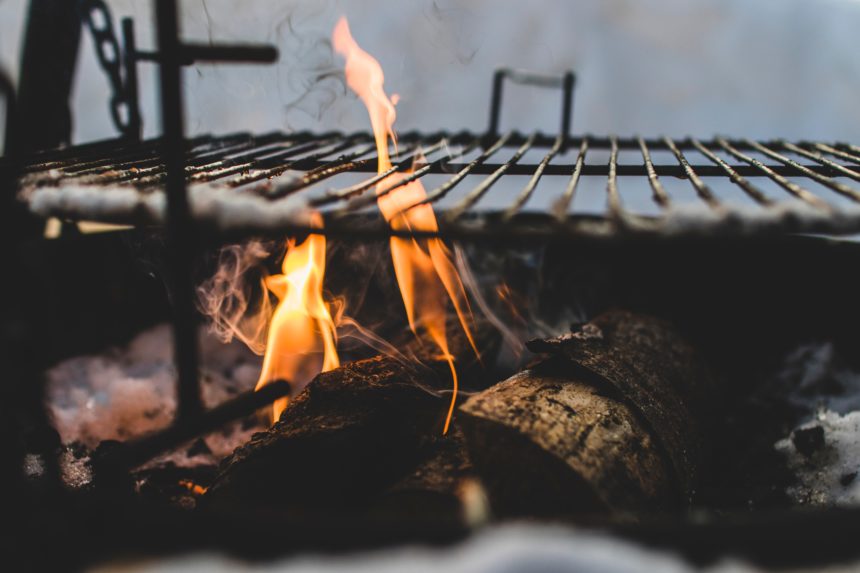As the weather turns and the nights get longer and cooler, many people will be resorting to using fire pits as a form of recreation in the fall and winter months. These fire pits will allow users to still occupy and utilize their backyard space, even during the cold weather!
Logically, a deck or patio would be the most obvious and logical place to have yourself a fire pit. And, if you are looking for a short and quick answer: no, a fire pit cannot and SHOULD not sit on a wooden deck. That being established, the next thing you will need to decide is what kind of fuel you want to be burning in your fire pit.
Wood Burning Vs. Gas Fire Pits

There are many pros and cons between either a wood burning or a gas fire pit. Some are mildly inconvenient, while some may be important enough to sway you in one way or the other.
Cost
A wood fire pit will ultimately be a cheaper investment than a gas fire pit, both in installation and overall upkeep and usage. Wood pits can usually be built within a day using stones and other readily available and affordable materials, whereas a gas pit generally requires a professional to install and connect a natural or LP gas line to the pit (once it is also built and installed). Furthermore, fuel for a wood pit is going to be much cheaper than the cost of a propane or natural gas supply.
Maintenance and Storage
Gas fire pits burn either natural gas or liquid propane, whereas wood fire pits require the use of dry wood. With wood, you will need to account for the bigger size of the pit to hold said wood, as well as have a nice, dry area that isn’t next to your home to store the wood. Piles of kindling and fire wood can attract bugs or termites so it’s best to have a rack or area to store your burning wood away from the house. With gas pits, on the other hand, you will need somewhere you can store your gas tanks. These can range in size, from 15 gallons on up to even 100, and can sometimes be unsightly, so it’s best to have a spot built into your landscape design to accommodate for fuel storage!

Time & Efficiency
Two final elements to consider are how much time is required for each kind of fire pit, and how efficient of a heat source they can be. In both regards, gas fire pits win out. Once properly installed, a gas fire pit can usually be started with the push of a button, just like a gas grill. Wooden fire pits, however, will require you to build the fire with dry logs, as well as there being an additional time investment of cleaning up burnt ash and wood over time as you continue to use your pit.
As for efficiency, when speaking about emissions, gas fires produce MUCH less emissions than wood fires.
Fire Pit Dos and Don’ts

DO keep your fire pit a safe distance from any structures or flammable objects. All fire pits, gas or wood, should be a minimum of 10 to 20 feet away from your house or any out-buildings on your property. The further away, the better.
DON’T put your fire place near any trees or shrubberies. While priority placement should be away from your house, you will also want to make sure you are not burning your trees or shrubs or damaging them with high heat.
DO keep your fire pit clean of debris. Make sure you are emptying out old ash and wood and keeping your pit clear of debris or other items that can catch fire and spread.
DON’T leave a fire pit fire unattended. Always be sure to snuff out a fire before you walk away, as any remaining burning embers could blow away or catch fire if not put out properly.
Further Reading on Fire Pit Dos and Don’ts…
How To Protect Your Wooden Deck from a Fire Pit
Okay, so you’ve decided on your fuel source, and are wondering now if you can put your fire pit on your deck or not. Again, the short answer: NO! Why are we avoiding putting a fire pit on your deck? For two main reasons:
- Safety: No matter how hard you try, having a fire pit on your deck (which are generally near your house) is just asking for trouble. No matter how vigilant you think you can be, it is not recommended to do this, because heat and flames can warp and damage composite and wood decks more than you’d notice. Beyond that, there are many ways fires can get out of hand quick, and it’s just easier and smarter to not take the gamble.
- Legal Codes: Most HOAs and city ordinances flat out won’t allow you to build a fire pit on your deck, so it’s generally best just to avoid the issue entirely. For this reason, fire pits are generally best suited for concrete or stone patios away from your home.

Ultimately, there is no such thing as a “best” kind of fire pit for any one scenario. It depends on your individual needs, and where you plan on placing the pit, as well as what kind of fuel you plan to burn. A good landscape design will incorporate these kinds of options and parameters so that you can remove the guesswork and deliberation from the equation. If you’d like to know what other benefits online landscape design can offer, please consider a consultation with Landscape Architectural today!

